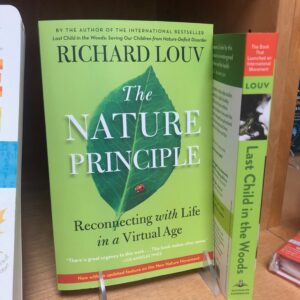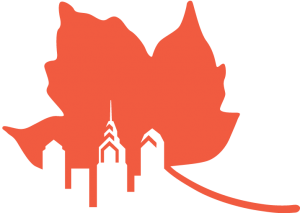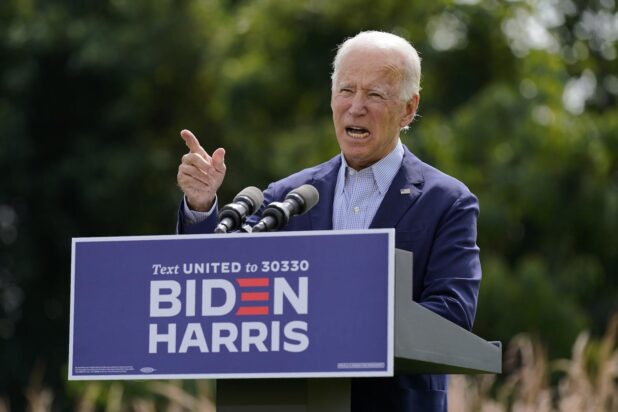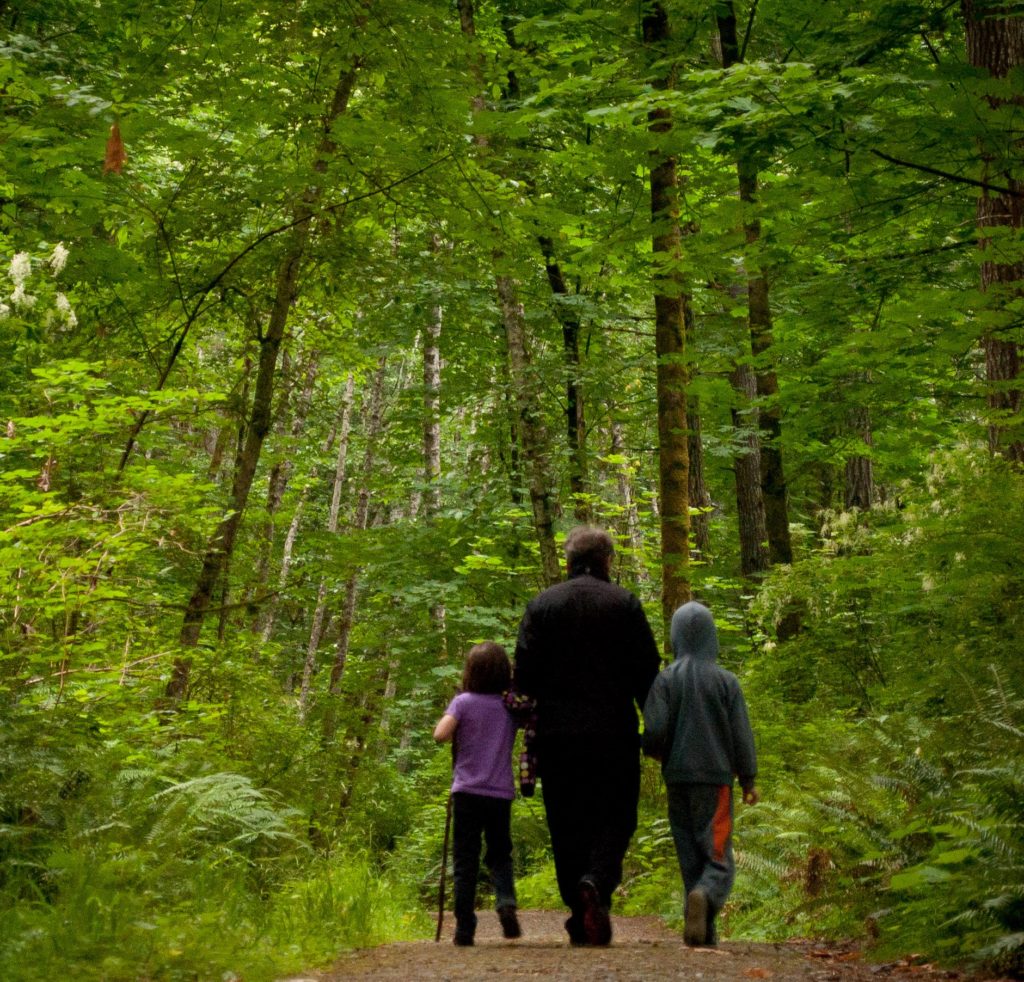Last Wednesday, after months of drama culminating in an insurrection, Joe Biden was peacefully inaugurated as our 46th president. For the environment, this was both a literal and figurative breath of fresh air, as on that same day he signed executive orders reversing key Trump administration actions on climate, including having the US rejoin the Paris climate accord.
And not a moment too soon.
As the above graph shows, 2020, now in the history books, was the second warmest year on record, coming very close to 2016’s record. More worrisome, the last eight years all cracked the top 10, a sure sign of a trend, and the hottest 10 years ever occurred in the 21st century.
“A cry for survival comes from the planet itself,” the new president noted very early in his swearing-in speech, “a cry that can’t be any more desperate or any more clear.” He’s right. 2020 began with huge wildfires burning through Australia, and ended with western American wildfires racing through the fiercest fire season ever. One megafire, California’s worst ever, torched more than 1 million acres; five of the six largest wildfires in that state’s history happened only last fall.
Meanwhile, a record number of storms made landfall in America, our named storms running out of the alphabet. In late June, the temperature of the Siberian town of Verkhoyansk topped 100 degrees, yes, a very scary record. A quarter of Bangladesh was flooded by monsoons in 2020, impacting four million people, and the Arctic Ocean saw continued record melt, measuring the second smallest ice cover ever since measuring began in the 1970s.
For me, someone who has been teaching and writing about climate change since the 1980s, the last four years were extraordinarily hard. I’ve been saying for years– and so have many others—that we have a small window of opportunity to effectuate change on climate. But the Trump team took the nation in the exact opposite direction, erasing so many gains we were making on so many issues like climate change and habitat loss, on energy efficiency and renewable energy. There is still a window of opportunity—but that window has been closing, and we just lost four precious years that we will never get back.
Just like with COVID, the metaphoric breath of fresh air is a team of professionals who believe the government plays a role in climate change and will use science to inform smart policy. No more lies about climate change being a Chinese hoax. Data will matter again, so will truth. Science has a seat at the Biden table; Biden and his team will tell us how bad it is getting, not tell us that black is white, green is bad, and everything will be fine. And no more science policy delivered via Twitter.
That Biden can even say the phrase “climate change” aloud in public speeches, is also, sadly a huge, welcome, and a necessary breath of fresh air.
So imagine my delight when the president named former Secretary of State John Kerry—experienced, polished, with every world leader on his speed dial already—as his international presidential envoy on climate change. He will be at the Paris accord table, along with 194 other nations.
We, along with Libya and Iraq, are among the very few holdouts, the world’s climate pariahs. How’s that for company? Not many democracies have held out from the climate accord. Even India and China have signed on, so with us back in the game, the world’s top three carbon polluters are at the table. Hallelujah. Just in time.
Even better, Biden has assembled a diverse climate team around him. Former EPA chief Gina McCarthy heads the new White House Office of Climate Policy, and New York’s Ali Zaidi will serve as her lieutenant. North Carolina’s top environmental regulator, Michael Regan, an African-Amercan gentleman, will lead the Biden EPA, and Representative Deb Haaland of New Mexico will lead the Department of the Interior, a landmark choice as she becomes the first Native American to do so. And former governor Michigan Jennifer Granholm will become Secretary of Energy.
His climate team looks like America: men and women of all ethnicities. This is key on the climate front as environmental justice is another pillar of the Biden green approach. As communities of color are disproportionately impacted by pollution and toxic emissions, and will be disproportionately impacted by a warming world, another of Biden’s executive orders signed that busy first day notes that “where the Federal Government has failed to meet that commitment in the past, it must advance environmental justice.” And the Green New Deal sneaks in here, as that same order says the government needs to “prioritize both environmental justice and the creation of the well-paying union jobs necessary to deliver on these goals.”
For decades, people like me have been arguing against the false dichotomy of jobs vs. the environment. To badly mix metaphors, we can have our environmental cake and afford to eat it too. Time to put that dichotomy behind us.
So the metaphoric breath of fresh air was the tone and content of last Wednesday’s speeches and actions, a refreshing change. But more important was the literal one, the cleaner air you and your children will be breathing if we—finally, at long last—take this greener path.
—Written by Mike Weilbacher, Executive Director

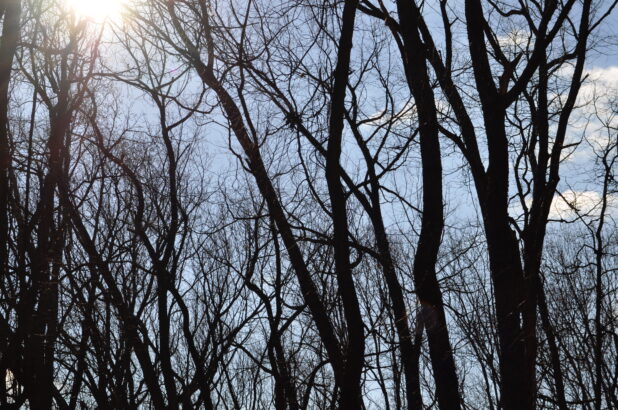
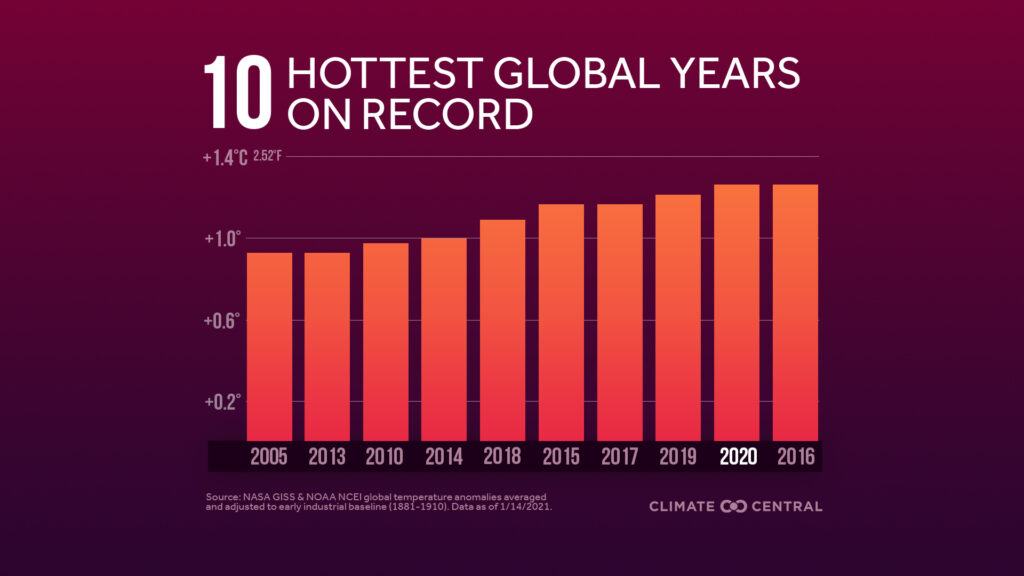
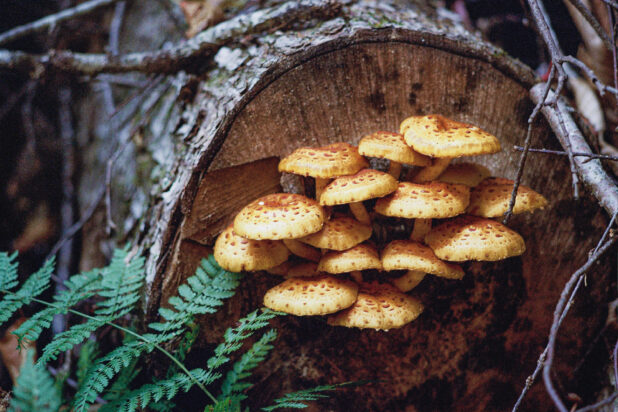
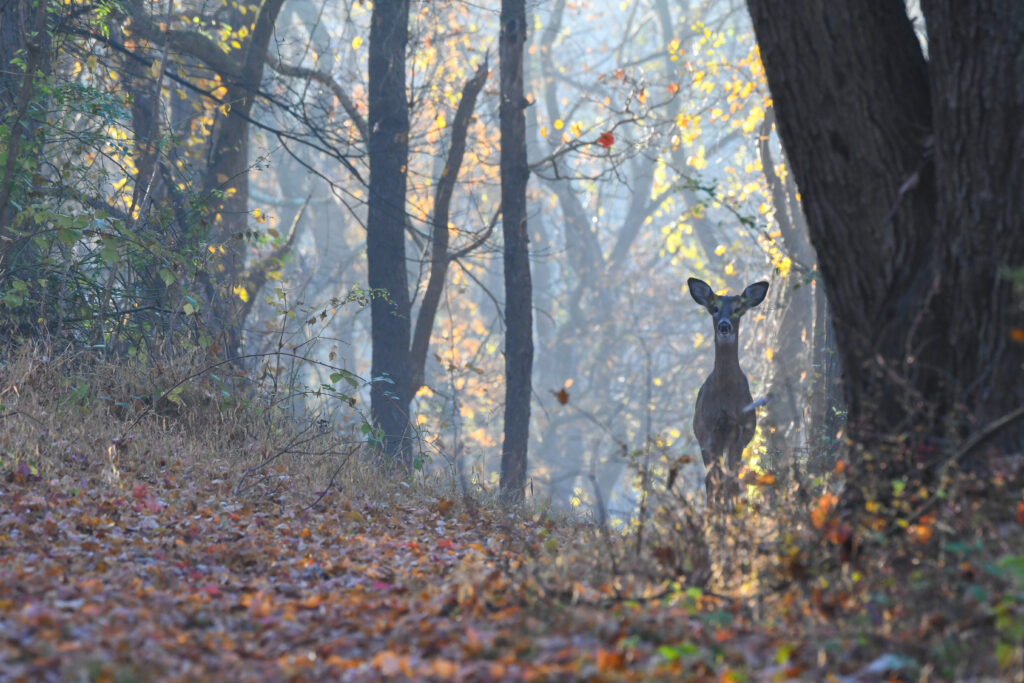

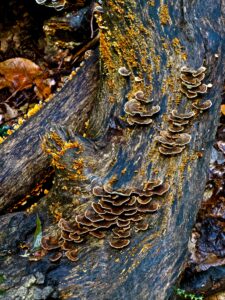
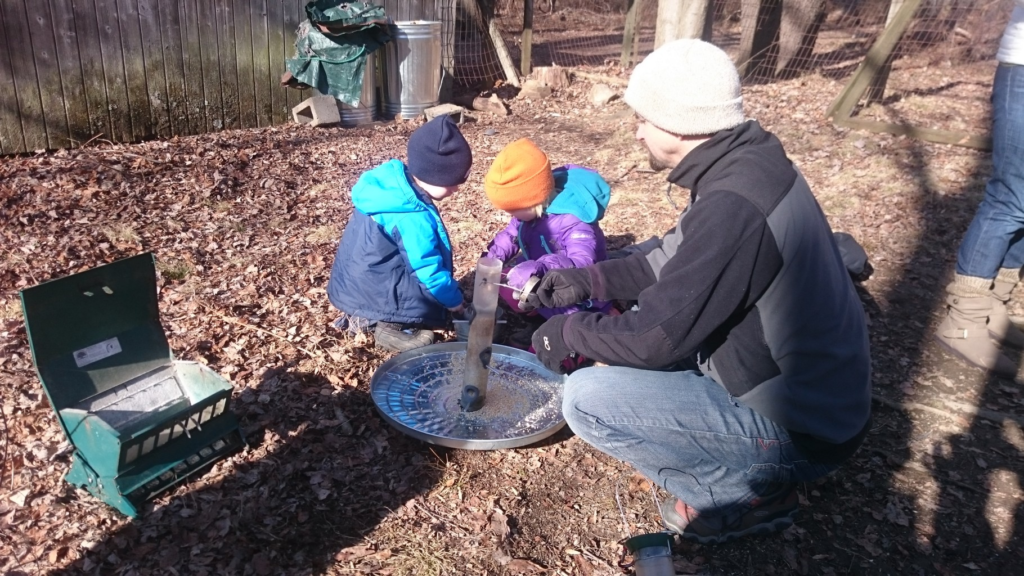
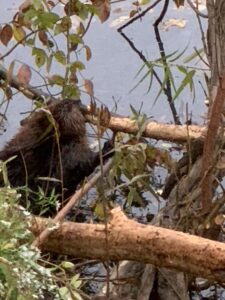 One of the feel-good stories on the environmental scene is the rewilding of large cities like Philadelphia, where suddenly peregrine falcons nest in church steeples and on Delaware River bridges, bald eagles pull large fish out of the Schuylkill River, and coyotes amble down Domino Lane.
One of the feel-good stories on the environmental scene is the rewilding of large cities like Philadelphia, where suddenly peregrine falcons nest in church steeples and on Delaware River bridges, bald eagles pull large fish out of the Schuylkill River, and coyotes amble down Domino Lane.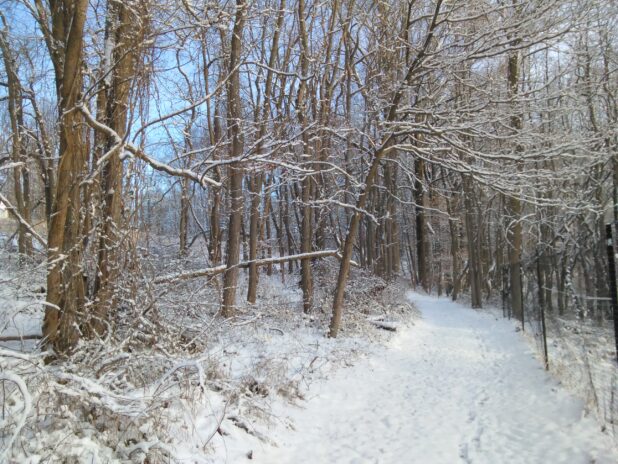
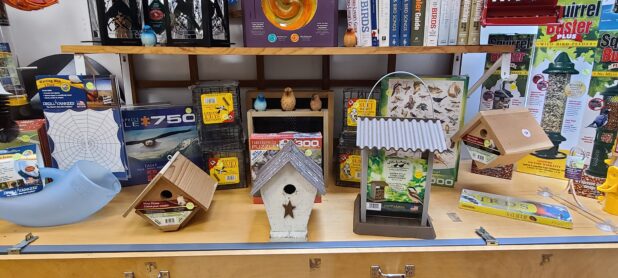
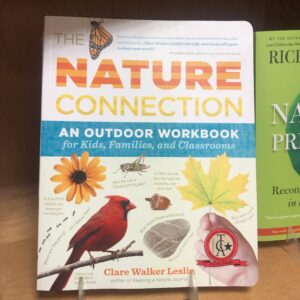
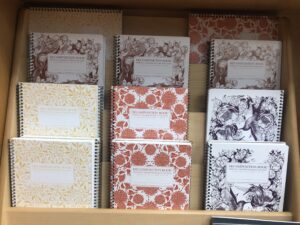 FOR THE WRITER: Decomposition Notebooks
FOR THE WRITER: Decomposition Notebooks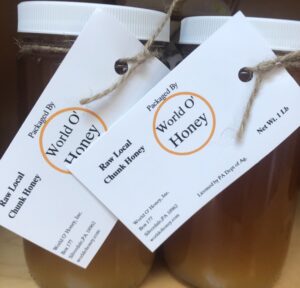
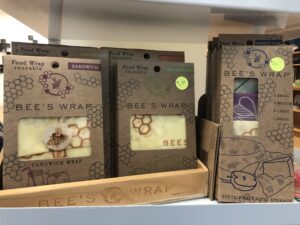
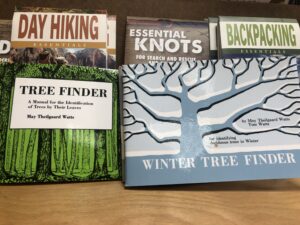 FOR THE NEWBIE-NATURALIST: Tree Finder
FOR THE NEWBIE-NATURALIST: Tree Finder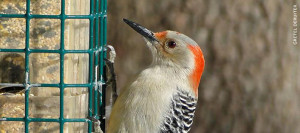 FOR THE BIRDER: Birdseed
FOR THE BIRDER: Birdseed